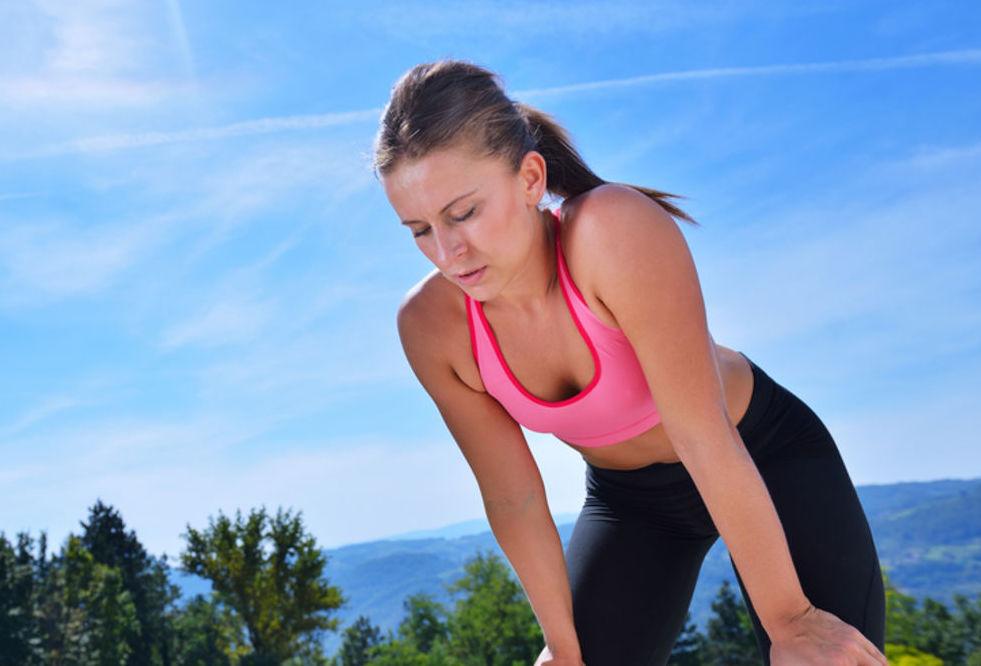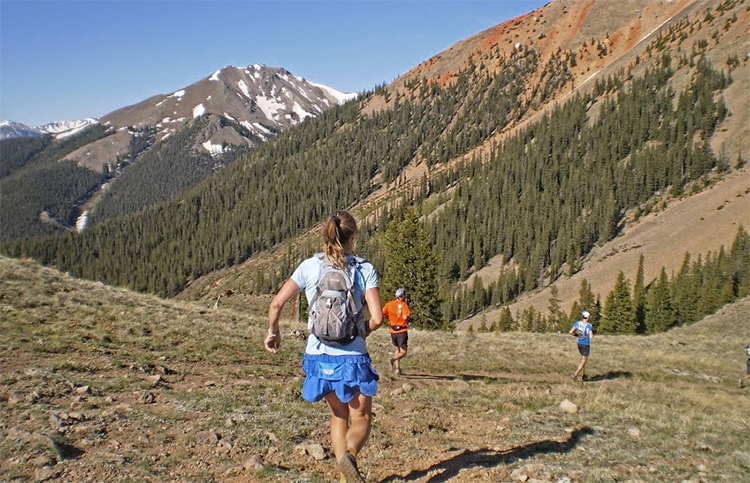For many years in the endurance athletics scene, training at altitude is seen as one of the best ways to get fitter and faster.
As such, there are altitude training camps available to not only professional but also semi-professional and recreational runners at locations such as Iten, Kenya, a town in Africa where many of the world’s best marathon runners are from.

A 2016 Study By University Of Coventry
However a 2016 study published in the Frontiers In Psychology journal has found that training under hot conditions may offer some similar benefits to altitude training.
Conducted by a team of researchers from the University of Coventry in the United Kingdom, 21 experienced cyclists were involved in the study and they had been split up into three groups. The first group had trained under hot conditions of 40 degrees C.
And the second group did the training under high altitude conditions of 14 per cent oxygen, an equivalent of being 10,000 feet above sea level.
The final group had been the control group and they did their training under normal conditions at sea level.
Every group was subjected to 10 days of cycling, each session lasting for one hour at 50 percent of their VO2Max.
In order to gauge their respective levels of fitness both before and after the experiment, a 16km cycling time trial was done at an elevation that’s equivalent to 10,000 feet above sea level.
Study Findings
The study found that the control group did the worst. Their second time trial was 31 seconds slower than the first.
And on the other hand, the group subjected to high heat performed 2 min and 2 sec faster while the high altitude group did 3 min and 16 sec faster on their second time trial.
While the researchers felt that it was no surprise that the high altitude group did the best because their training sessions had mimicked the “race” conditions, but they were pleasantly surprised that the group subjected to high heat conditions did substantially better than expected.
Their Reasoning
Though the scientists did not know the reasoning for sure, they decided to conduct some tests and deduce that training under hot conditions can increase the level of “heat shock proteins” that the body has.
“Heat shock proteins” are a type of naturally occurring protein that defends the body cells from stress-induced damage, and if you repeatedly train under hot conditions, the body adapts by producing more of these proteins.
However the scientists conclude that even though their research looks promising, future studies will still have to be done to further prove such benefits.

Conclusions
And personally, I think that the findings from this study offers some food for thought for not only cyclists, but also many recreational marathoners and triathletes who may live in hot and humid countries such as Singapore and Malaysia.
By doing most of our training in hot weather and heading to races in cooler climates overseas, many of us find that it’s a lot easier to perform, and we tend to clock much better timings as a result.
And I can testify to this myself, too. For the Marathon distance (42.195km) in running, my personal best in Singapore’s climate is 4 hours and 44 minutes, but overseas, in cold climates, it stands at 4 hours and 21 minutes.
That’s at least 20 minutes faster.
Since both of these above timings had been achieved a few months apart, sometime around 2017, my fitness levels could not have changed so dramatically in such a short time.
So perhaps the training in Singapore’s heat and humidity had something to do with the significantly improved Marathon performance overseas, as the study somewhat suggests?

Leave a Comment